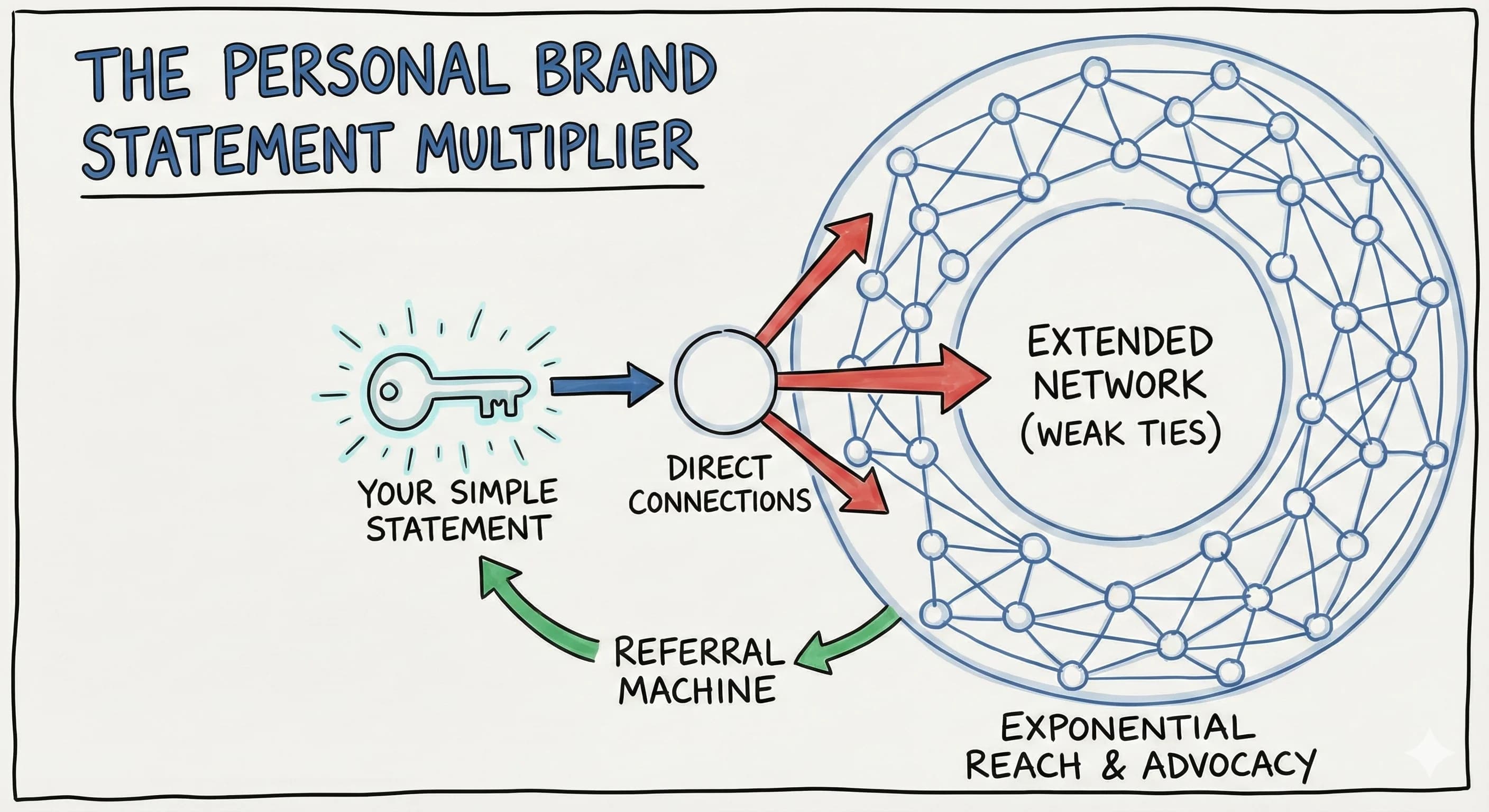How One Simple Personal Brand Statement Can Transform Your Entire Network Strategy
Discover the personal brand statement formula that helps content creators turn every connection into a potential advocate. Build your referral network today.
•6 min read
Details

Loading content...

